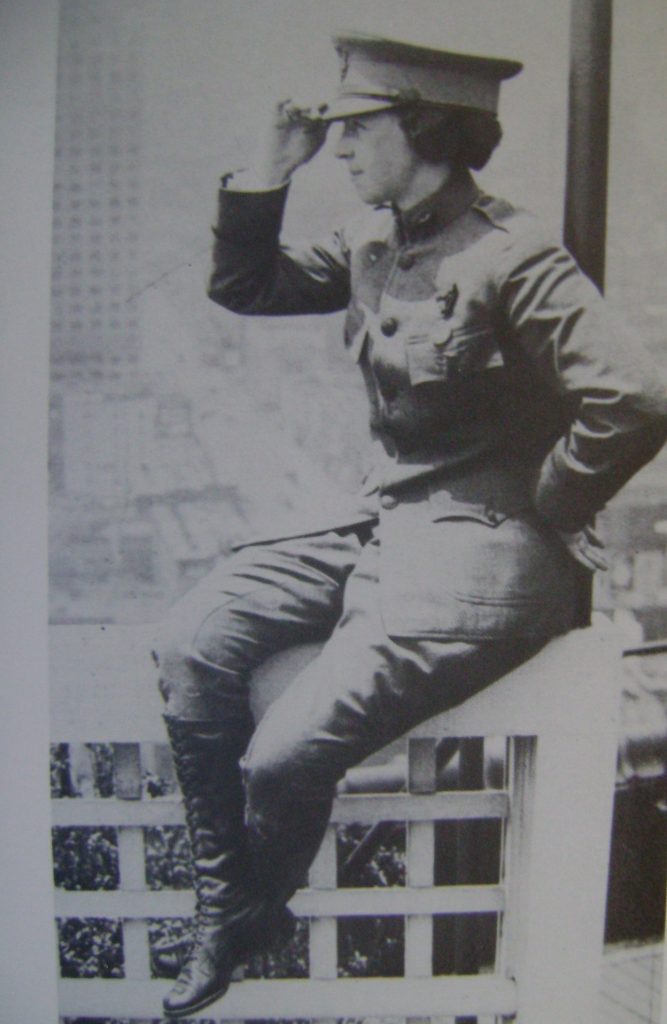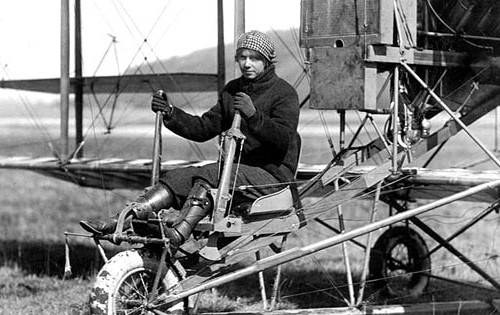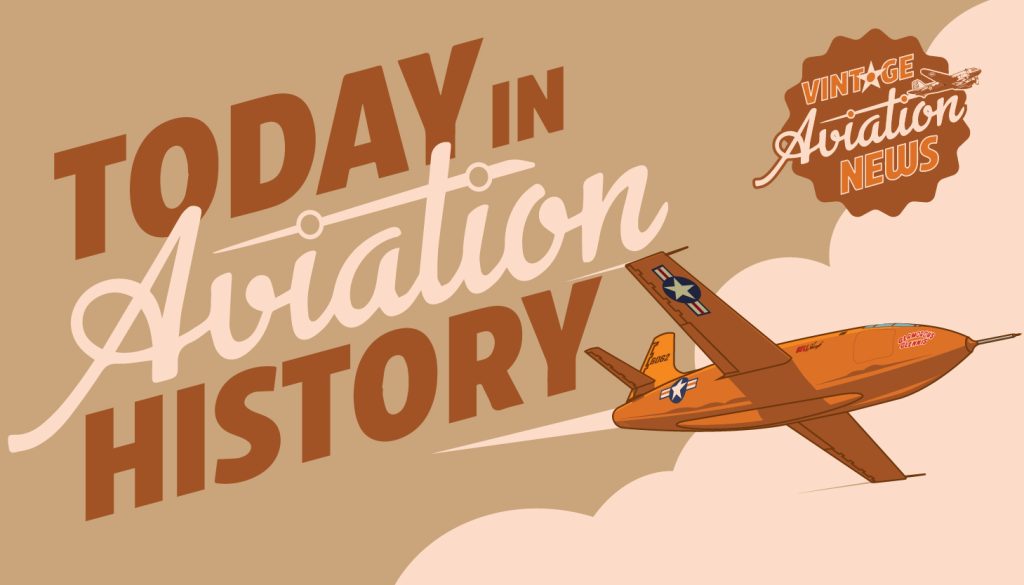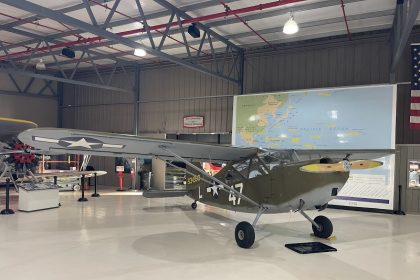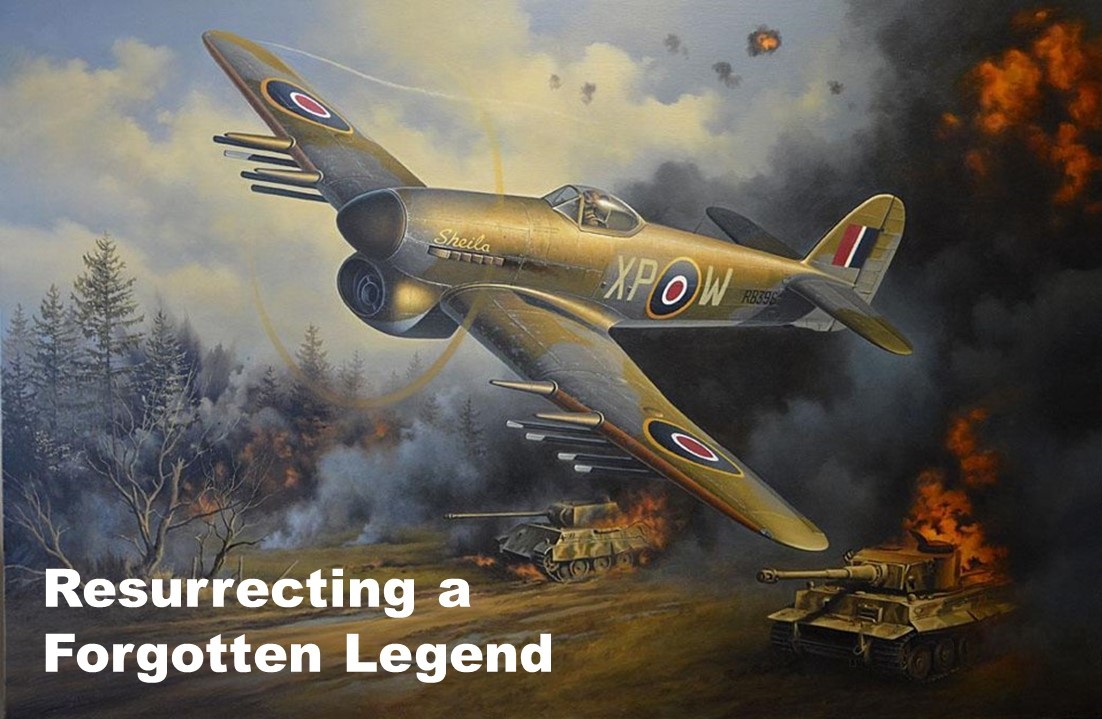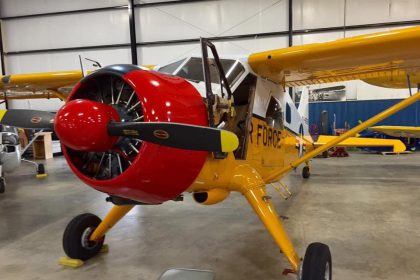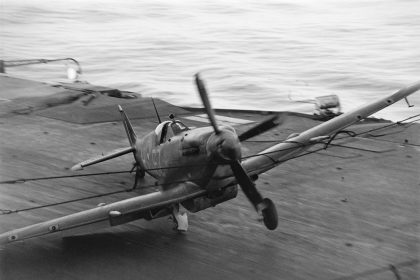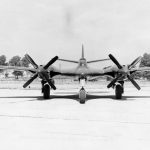On June 10, 1919—106 years ago today—aviator Ruth Law made history by setting a new women’s altitude record, reaching an impressive 14,700 feet. Her feat came just three days after French aviatrix Raymonde de Laroche had set the previous record at 13,000 feet. Although de Laroche would reclaim the title just two days later by flying to 15,748 feet, Law’s achievement remains a landmark moment in the early history of women in aviation.

Ruth Bancroft Law was born on May 21, 1887, in Lynn, Massachusetts. Inspired by her brother Rodman Law, a stuntman and parachutist in the early film industry, Ruth became determined to pursue flight. Her first aircraft was purchased from none other than Orville Wright—through her husband, but registered in her name. Orville, however, refused to give her flight instruction, claiming women lacked the mechanical aptitude to fly. Ruth’s response? “The surest way to make me do a thing is to tell me I can’t do it.” Undeterred, Law trained under Arch Freeman and Harry Atwood at Atwood Park Airfield and earned her pilot’s license in November 1912. She quickly gained recognition not just as a skilled pilot but also as a capable aircraft mechanic. One reporter noted her uncanny ability to diagnose and repair her aircraft—an uncommon skill even among male aviators of the time.

Law made her name during the barnstorming era, performing aerobatic demonstrations and competing in air shows across the country. She also completed cross-country flights to push the limits of her abilities and her aircraft. When the United States entered World War I, Ruth lobbied to join the U.S. Army as a combat pilot. Despite directly petitioning President Woodrow Wilson, her efforts to gain military flying status were denied.
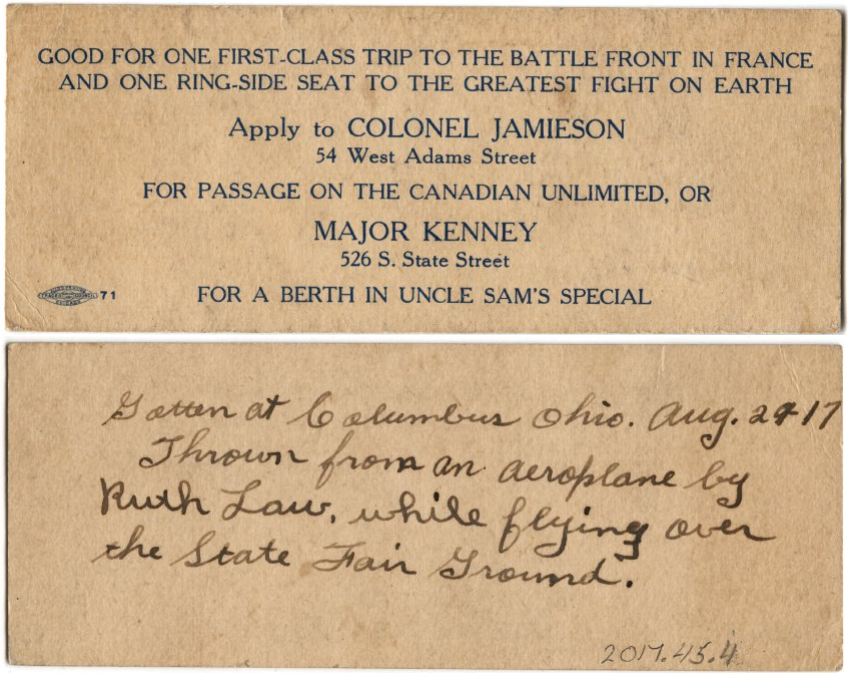
Still determined to serve, Law supported the war effort in a different way. She flew exhibition flights to promote Liberty Loan drives and support the Red Cross, famously tossing promotional leaflets from her aircraft mid-flight. Though she was not permitted to enlist, the U.S. government allowed her to wear a U.S. Army aviation uniform during these flights—giving her a symbolic but powerful connection to military service. Ruth Law’s contributions to aviation extended beyond records and performances; she helped pave the way for future generations of women in military and civil aviation. Her tenacity, talent, and fearless spirit remain an enduring part of aviation history.
